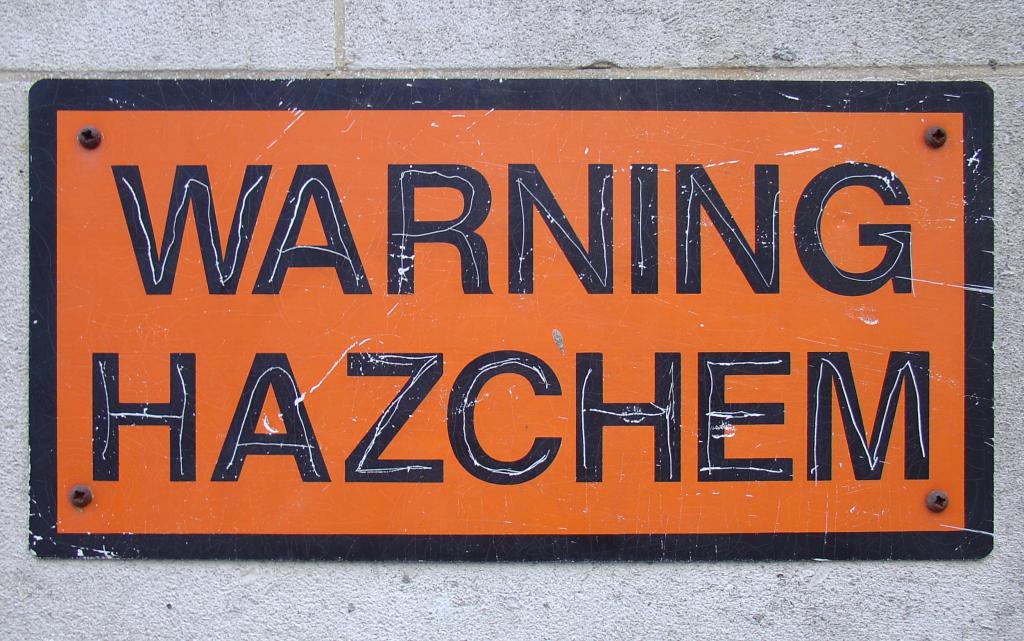Hazardous Substances Risk Assessment

Managing risk can be a complicated task especially when looking at a risk assessment for chemicals. This is a whole new ball game for risk management consultants and the harmonisation of regulatory frameworks don’t make this any clearer. The problem hazardous substances (or chemicals) have in high risk construction work is that the
ordinary worker won’t know how to identify the specific elements and compounds that make a substance hazardous, nor have an in depth understanding of the appropriate control measures.
To soften the inherent risks involved to the maximum degree possible, Safe Work Australia and the relevant state regulators require the importers and manufacturers of hazardous chemicals to provide a Safety Data Sheet (SDS) to the people or organisations using their product. The SDS provides the PCBU and workers with information on the dangers involved with a substance, the controls methods and forms of treatment should an incident occur. All this information is vital in the writing of a compliant hazardous substances risk assessment.
A hazardous substance risk assessment form differs from other risk assessment in construction in that it must include information such as the health effects, signal words, precautionary details, control measures and recommended protective equipment that are outlined in the SDS. An example of this in a risk assessment form is below.

That all being said, the underlying elements of a compliant risk assessment for construction, including the hierarchy of control measures, remains largely the same. Hazard and risk identification, the implementation of control measures, the duty of care and review process, all remain core components of a hazardous substance risk assessment.
For more information, read Safe Work Australia’s guide for the preparation of Safety Data Sheets.

